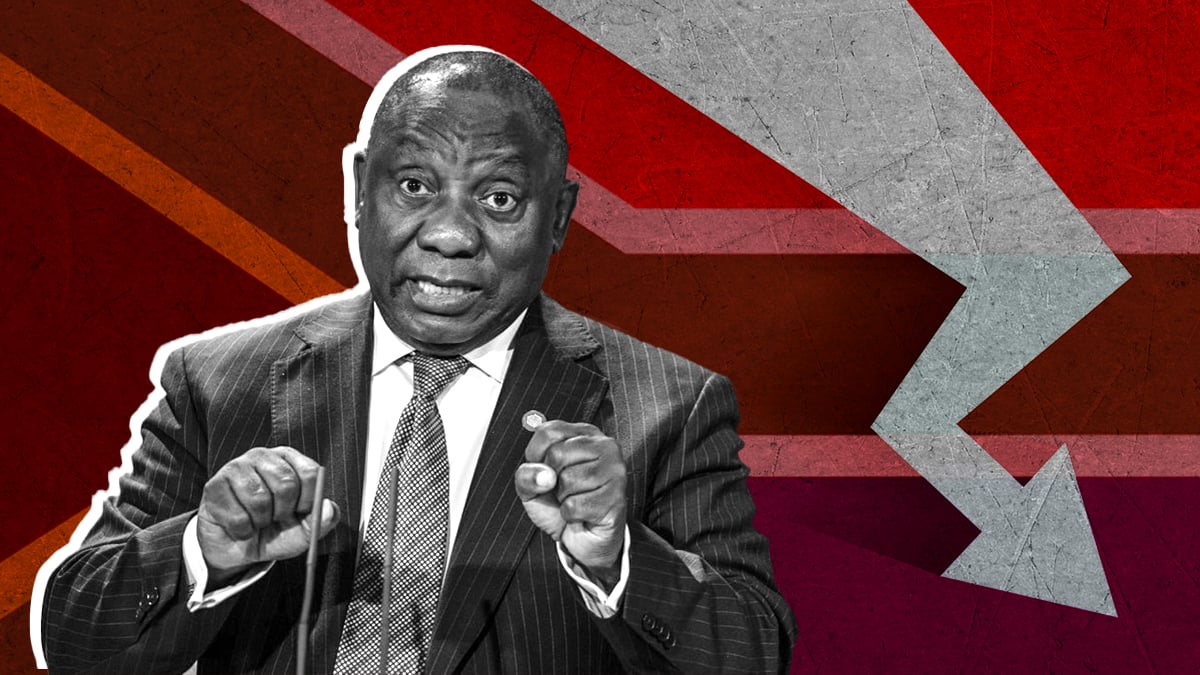Business
South Africa’s Big Reality Check: Why Optimism Is Rising but Growth Still Falls Short

A hopeful mood meets uncomfortable truth
South Africa has enjoyed a rare moment of good news. Markets reacted warmly to the latest medium-term budget policy statement, with confidence strengthening and the country’s investment appeal improving. For the first time in a while, the national mood lifted. Yet economists were quick to remind the country that positive sentiment alone cannot mask the deeper issues.
Finance Minister Enoch Godongwana’s budget review laid out a mixture of progress and pressure. Fiscal consolidation is working, inflation is expected to cool further, and investment in local bonds is picking up. At the same time, the most important number of all, the one that affects unemployment, poverty, and long-term stability, remains stubbornly low. GDP growth.
Growth revised down: a sober pause for the country
Godongwana revised South Africa’s 2025 GDP growth projection to 1.2 percent, down from the earlier estimate of 1.4 percent. The change reflects what happened in the first half of the year. Weak fixed investment and lower exports dragged down performance, leaving the country with far less momentum than hoped.
The next two years look steady but still underwhelming. The 2026 forecast has slipped to 1.5 percent from 1.6 percent, while the 2027 projection holds at 1.8 percent. Treasury expects growth to average 1.8 percent over the next three years, supported by a gradual recovery in investment.
Economists acknowledge that this is an upward trajectory, but not enough to change the lived reality of ordinary South Africans. Bianca Botes, Director at Citadel Global, explained that growth below three percent cannot make meaningful progress on unemployment or poverty. South Africa needs stronger expansion to shift its social and economic landscape.
The challenges behind the numbers
Even the projected two percent growth by 2028 faces significant risks. Global slowdowns, volatile commodity prices, and the fragile financial position of several state-owned entities threaten to erode gains. For many observers, the recent optimism feels almost fragile, balanced on the hope that promises become action.
Botes pointed out that fiscal consolidation will only succeed if the government spends more efficiently, professionalises the public service, and accelerates infrastructure investment, especially through partnerships with the private sector. Political stability within the Government of National Unity will also be vital for keeping policy aligned and predictable.
Upside and downside: three very different futures
The treasury modelled three scenarios to illustrate how easily South Africa’s future could shift.
The first is a global downside scenario where world trade slows due to higher tariffs and disrupted supply chains. In that environment, South Africa’s 2028 growth would sit at about 1.2 percent, below the baseline.
The second scenario considers a global recovery. Trade normalises, investor confidence improves, and by 2028, South Africa reaches around 2.1 percent growth.
The third scenario is the most ambitious. It imagines a more efficient state, stronger reform under Operation Vulindlela, greater private investment, and healthier public entities. In this case, the country could reach 3.2 percent growth in 2028, bringing it much closer to what is needed to address structural problems.
Why sentiment has finally turned positive
Despite the cautious tone, there are genuine reasons for optimism. Fiscal consolidation is credible, inflation is easing, the grey list has been lifted, and commodity prices are offering support. Debt stabilisation has made South Africa more appealing to investors who have waited for years to see real reforms rather than repeated promises.
Markets are responding to tangible progress. Yet economists warn that maintaining this momentum will depend on execution, not enthusiasm. Implementation delays in energy, infrastructure, and logistics remain the biggest threats to sustainable recovery.
A decisive turning point or a temporary lift
The resurgence in confidence is real, but South Africa’s economic future rests on more than a positive week in the markets. The country has achieved encouraging early victories, yet the growth numbers tell a quieter truth. Lasting recovery will require discipline, coordination, and follow-through on reforms that have been discussed for years.
This moment could become a turning point. Or it could become another reminder that sentiment alone cannot lift a nation’s economy. South Africa now stands at a crossroads, with optimism on one side and hard work on the other.
Also read: December Fuel Forecast: South Africans Brace for Another Price Jump at the Pumps
Follow Joburg ETC on Facebook, Twitter, TikT
For more News in Johannesburg, visit joburgetc.com
Source: Business Tech
Featured Image: Daily Investor















